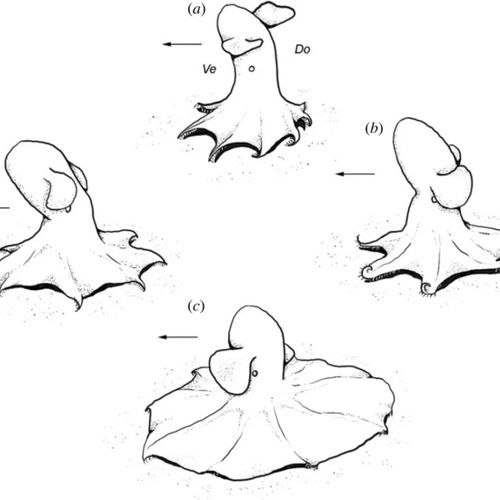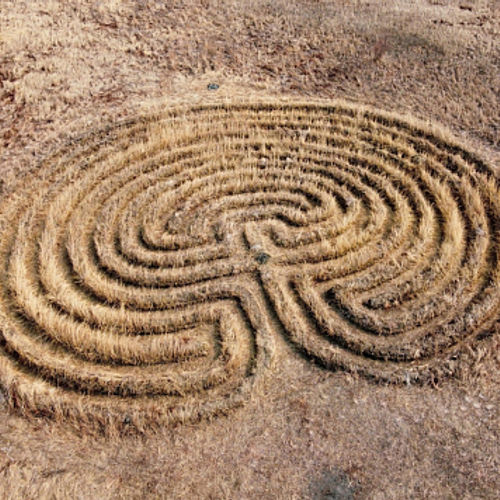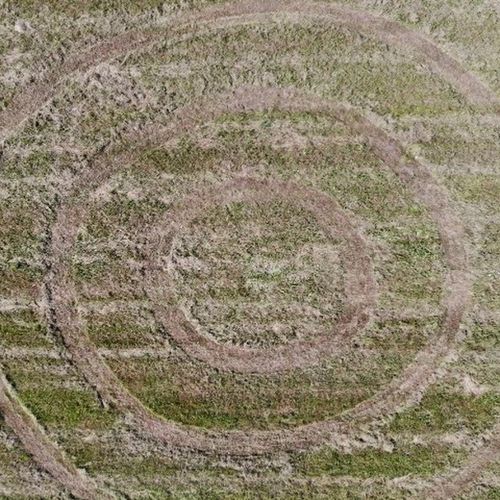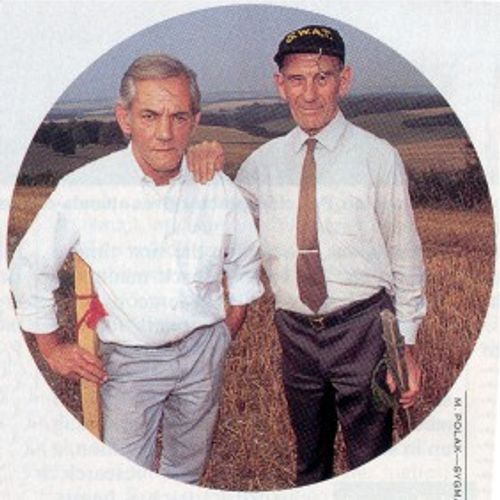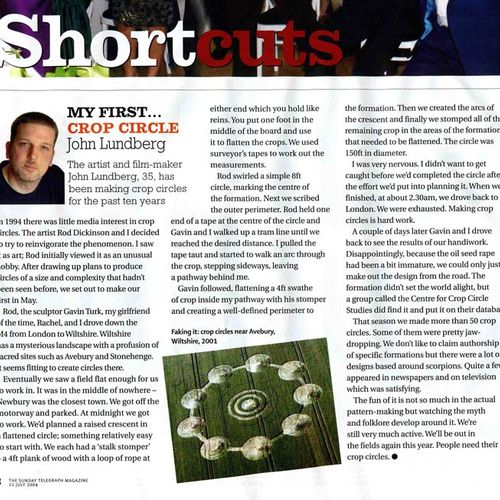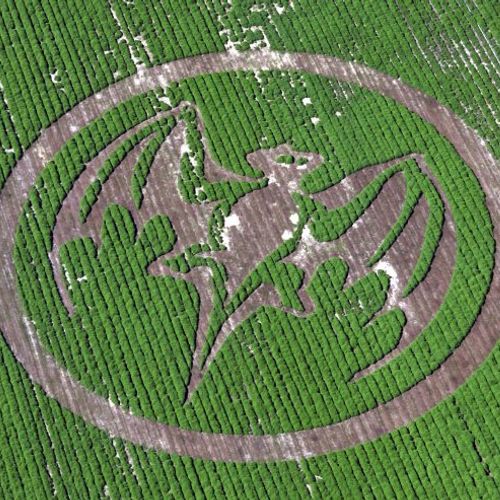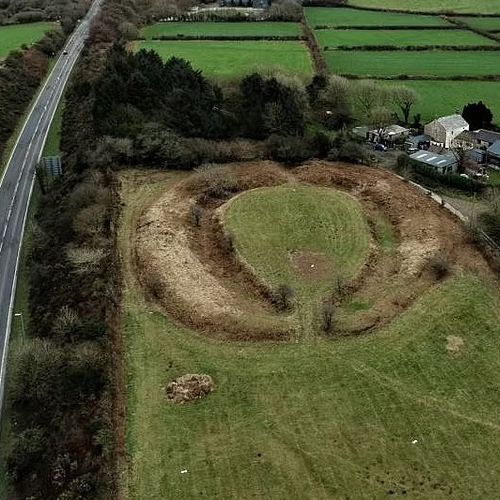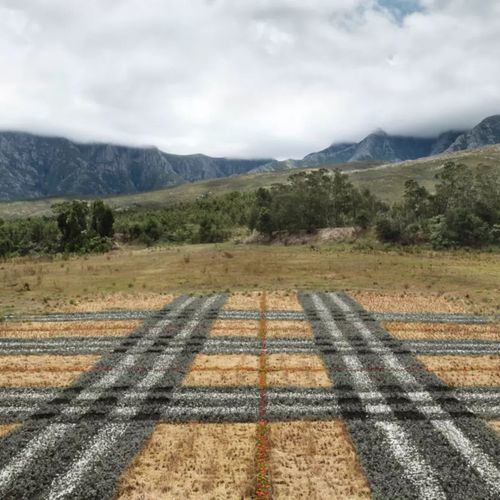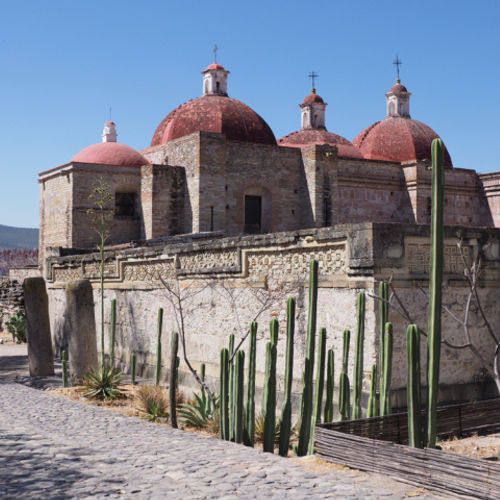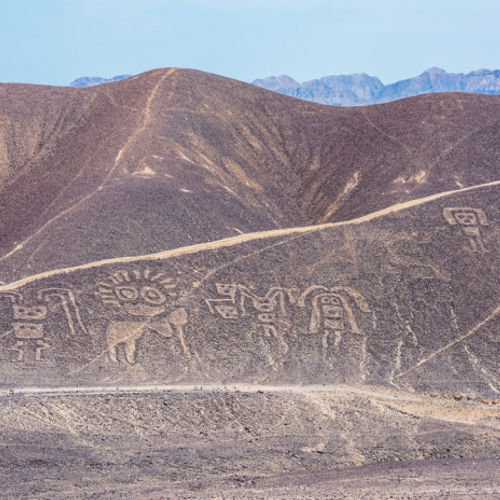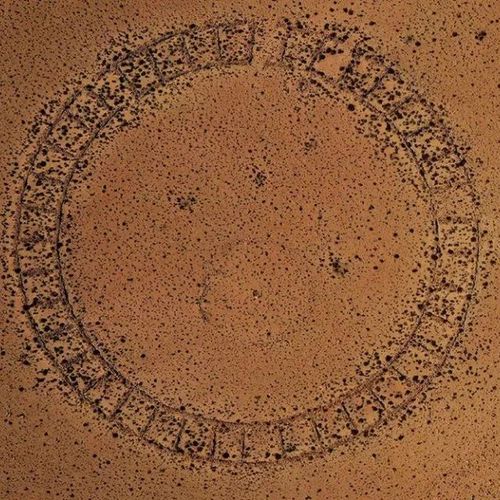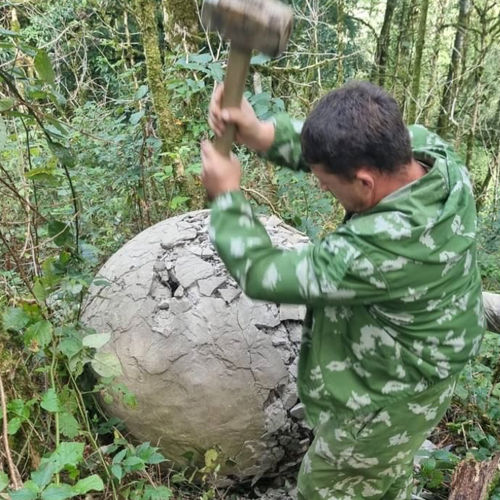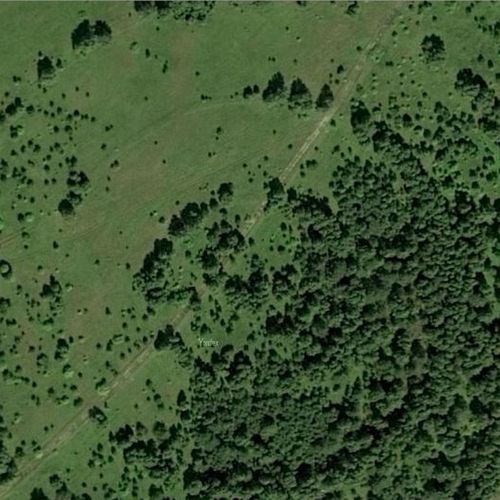
| Added | Thu, 24/11/2022 |
| Источники | |
| Дата публикации | Thu, 24/11/2022
|
| Феномены | |
| Версии |
According to Ivan Grudochko, associate Professor of the Department of International Relations, Political Science and Regional Studies at the University, the facility was created in the period from the II century BC to the II century AD.
The staff of the South Ural State University (SUSU) investigated a circular geoglyph, which is a chain of small mounds, which was discovered in the spring in the south of the Chelyabinsk region. They came to a preliminary conclusion that the geoglyph was created by nomads in the period from the II century BC to the II century AD, Ivan Grudochko, associate professor of the Department of International Relations, Political Science and Regional Studies at SUSU, told TASS on Thursday.
"In the vicinity of Magnitogorsk in October this year, a joint expedition of SUSU and the South Ural Foundation conducted the first excavations of the Kharkov I geoglyph in the Chelyabinsk region, which is a chain of small mounds forming a ring with a diameter of about 70 m. In total, 29 mounds were found in the ensemble, of which three were investigated. A nomadic burial was found under one, we assume that it, like the entire geoglyph, may date back to the II century BC - II century AD," the agency interlocutor said.
According to him, a skeleton was found in the mound, at the feet of which a ceramic vessel with an ornament in the form of horizontal and oblique lines forming several triangles was laid. The artifact most likely belongs to the Middle Armenian circle of nomadic antiquities.
"This period today is a white spot in the history of the nomads of the Ural-Kazakh steppes. In the near future, it is planned to conduct radiocarbon analysis and anthropological examination of bone remains," Grudochko said.
The scientist added that there were no burial pits or objects of worship in the other two mounds. Despite this, soil samples were collected there for paleoclimatic studies.
Новости со схожими феноменами
Новости со схожими версиями
Log in or register to post comments

